Table of Contents
Gardening is one of the most popular hobbies as it adds a sense of pleasure and enjoyment in planting and harvesting fresh plants. Square foot gardening is a highly efficient method that allows you to maximize yield in a small space. A square-foot gardening planner can maximize your yield, even in a small space.
This article will explore the effective utilization of this method, including raised garden techniques, optimal garden designs, and critical elements like gardening soil and companion planting. So gather your gardening tools and start creating your own square foot garden with the help of our square foot garden planner.
What is Square Foot Gardening?

Square foot gardening (SFG) is a method developed by Mel Bartholomew that focuses on growing a large amount of produce in a small space. Square foot gardening (SFG) is an intensive gardening method that allows you to develop a variety of plants, vegetables, and herbs in a small, manageable area. The idea is to divide your garden into squares that are 1×1 feet and plant different plants in each square. Optimizing plant spacing and simplifying garden designs increases productivity and simplifies maintenance. This approach is perfect for urban environments, where space is often limited.
Benefits of Square Foot Gardening
Maximized Yield
By designing your garden beds and using companion planting and successive planting, you can get more produce in less space.
Efficient Use of Space
The foot garden plan is perfect for small-space gardening as it ensures that no space is wasted.
Reduced Weeding
With raised beds and a carefully planned layout, weeds have fewer chances to take root.
Conservation of Resources
SFG uses less water and soil than traditional gardening methods.
Ease of Management
Keeping your garden in smaller, more distinct sections is easier.
Designing A Square Foot Garden Planner
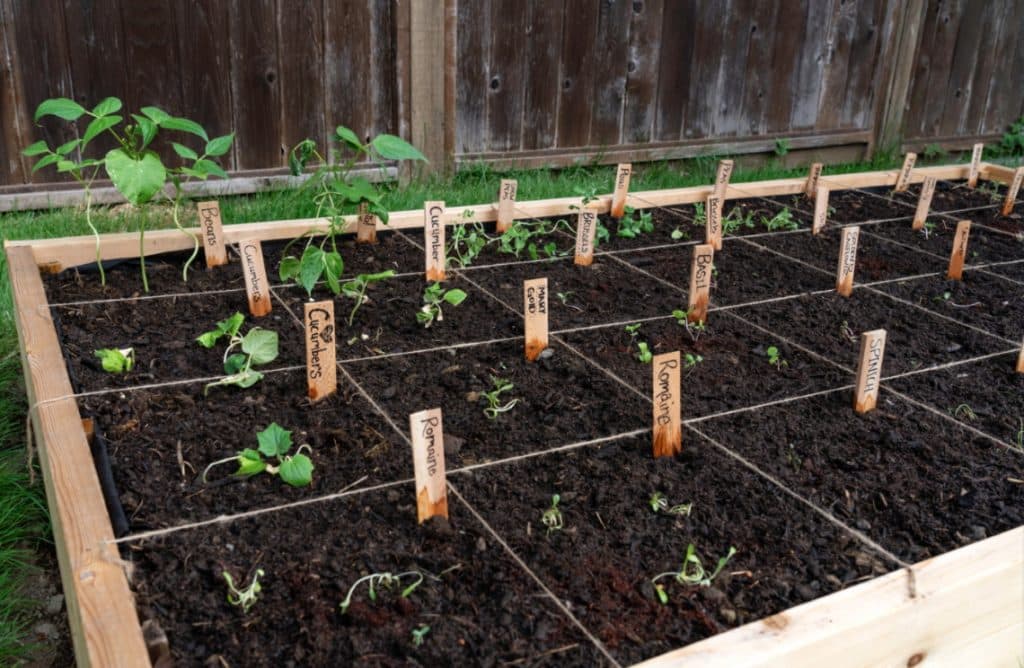
Effective garden designs are crucial for a successful square-foot garden. Garden designs in SFG revolve around dividing the raised beds into a grid of squares, usually 1 foot by 1 foot. Each square foot can be planted with different crops based on their plant spacing requirements. For example, one square foot might hold 16 carrot plants, 9 spinach plants, or 1 tomato plant. Here are the steps to follow.
1.Choose the Location
Choose an appropriate location for your square foot garden. Select a spot with at least 6-8 hours of sunlight daily. Ensure the location has good drainage.
Plan Your Layout
After selecting the location the next step is to plan the layout of your square garden. The standard sizes are 4×4 feet or 4×8 feet. Each 4×4 plot has 16 squares (1 foot each).
Divide the Garden into Squares
Create a 1 x 1-foot square grid inside your raised beds using markers. To maximize variety and yield, accommodate various plants in each square.
2. The Perfect Soil Mix

The proper gardening soil is the basis of a successful square foot garden. For SFG, a common soil mix includes:
- Peat moss
Improves soil structure and moisture retention.
- Vermiculite
Enhances water retention and aeration.
- Compost
Offers vital nutrients for the development of plants.
This blend ensures that your garden planted in raised beds will have the necessary nutrients and conditions to flourish. The gardening wood chips are also crucial for the well-being of your backyard oasis, as they add moisture and organic matter to the seeds and plants and act as versatile resources.
3. Planting Guide

It is essential to consider the number of plants per square foot while designing your SFG. A square-foot gardening planner can help you establish the exact plant spacing needed for each variety of plant, creating a productive and healthy garden. Here are some rules to follow.
Leafy Greens about 4-6 plants per square foot
Root Vegetables about 16 plants per square foot
Larger Plants often 1 plant per square foot
| Square Foot | Plant Type | Quantity per Square Foot |
| 1 | Carrots | 16 |
| 2 | Spinach | 9 |
| 3 | Leaf Lettuce | 4 |
| 4 | Tomato | 1 |
| 5 | Basil | 1 |
| 6 | Radishes | 16 |
| 7 | Beets | 9 |
| 8 | Swiss Chard | 4 |
| 9 | Peppers | 1 |
| 10 | Onions | 16 |
| 11 | Beans | 9 |
| 12 | Broccoli | 1 |
| 13 | Marigolds | 1 |
| 14 | Cilantro | 1 |
| 15 | Parsley | 1 |
| 16 | Cucumber | 1 |
4. Planting Techniques

A significant benefit of square-foot gardening is its use in small spaces. By employing these techniques, you can have a plentiful crop even with limited space:
1.Vertical gardening
Cultivate climbing plants like cucumbers and beans using trellises and other supports.
2.Successive Planting
Practice successive planting to maximize your growing season. Plant a new crop when the last one finishes to ensure consistent harvests. For example, after harvesting spring radishes, you can plant summer crops like beans or fall vegetables like spinach on the same square foot.
Raised Bed Gardens

The foundation of square-foot gardening is raised bed gardens. Compared to conventional in-ground gardens, they are easier to maintain, offer greater drainage, and avoid soil compaction. Since the beds are often 6 to 12 inches deep, there is ample space for roots to spread out and flourish.
- The best way to maximize area and yield is with raised bed gardening. Here’s how to set them up effectively:
- Build your raised beds using durable materials like metal or wood. Ensure they are deep enough to allow root growth—at least 6 to 12 inches.
- Fill your raised bed gardens with the recommended soil mix. This will ensure optimal growing conditions for your plants.
- Plant your herbs and vegetables according to your square-foot gardening plan. Follow the plant-per-square guidelines for best results.
Companion Planting for Success
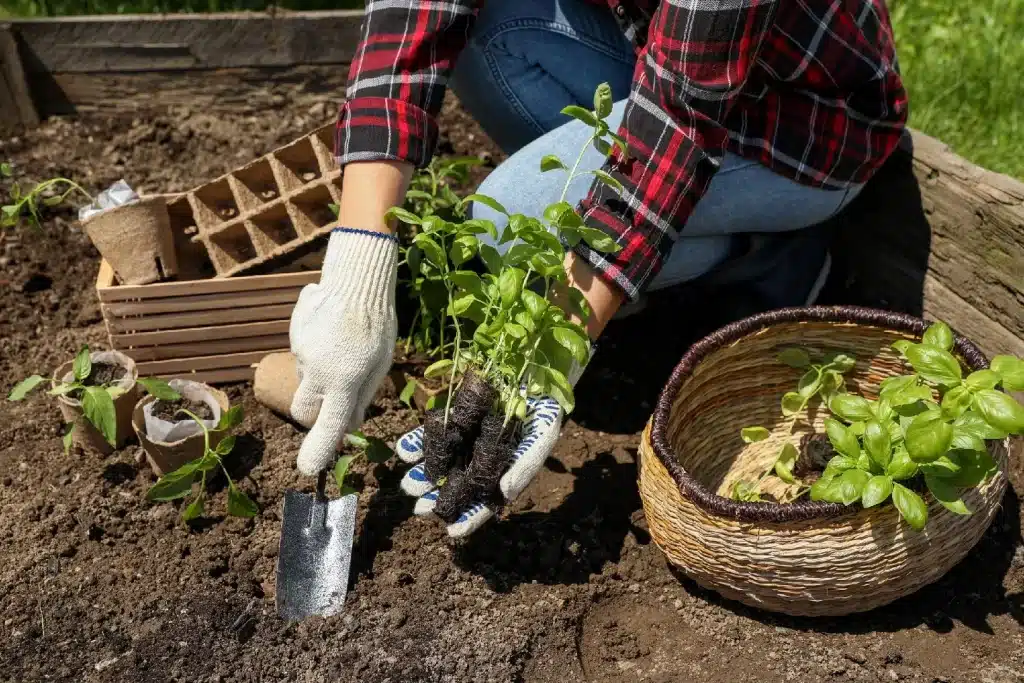
Companion planting is an effective way to boost your garden’s productivity and health. Some plants do better when growing together because they help each other grow, keep pests away, and make the soil more fertile. The following are some favorable combinations.
Basil and tomatoes
Basil improves the flavor of tomatoes and keeps insects away that could damage them.
Carrots and Onions
Onions deter carrot flies, improving the health of both plants.
Maize and beans
The fixation of nitrogen in the soil by beans promotes the growth of maize.
Benefits Of Companion Planting
Integrating these pairs into your foot garden design can create a stronger, more resistant garden.
- Pest Control
Certain plants can repel harmful insects or attract beneficial insects that prey on pests.
Example: Marigolds repel nematodes, while dill attracts predatory wasps.
- Nutrient Enhancement
Some plants improve soil fertility by fixing nitrogen or adding organic matter.
Example: Beans fix nitrogen, benefiting heavy feeders like corn.
- Space Utilization
Tall plants can provide shade for shorter, shade-tolerant plants.
Example: Corn provides shade for lettuce, which prefers cooler conditions.
- Disease Prevention:
Growing a diversity of plants can reduce the spread of diseases.
Example: Planting different families of plants can prevent the buildup of disease-specific pathogens in the soil.
5. Regular Maintenance
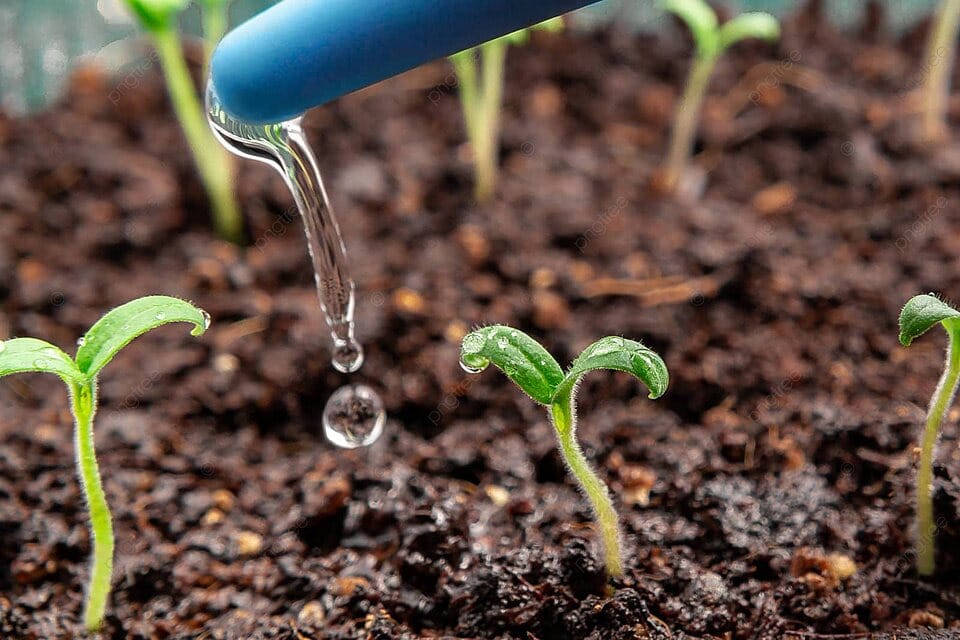
Maintaining your garden is crucial for continued productivity. However, maintaining a square-foot garden is relatively easy, but there are a few essential tasks to keep your garden flourishing.
Watering
Make sure the soil in your garden beds is consistently moist. Raised beds with better drainage must be watered more frequently.
Weeding
Raised garden beds inhibit weed growth, but pulling weeds as soon as possible is essential to avoid competing for resources.
Fertilizing
To restore nutrients to the soil, apply organic fertilizers. Compost is an excellent choice for this purpose.
Pest control
When using organic pest control techniques, watch for pests.
6. Harvesting Tips

Regular harvesting promotes constant production. Here are some tips:
Leafy Greens
To encourage new development, harvest outer leaves regularly.
Root Vegetables
Check maturity dates and harvest when they reach the desired size.
Herbs
Trim herbs frequently to encourage bushier growth.
7. Advanced Techniques for Square Foot Gardening
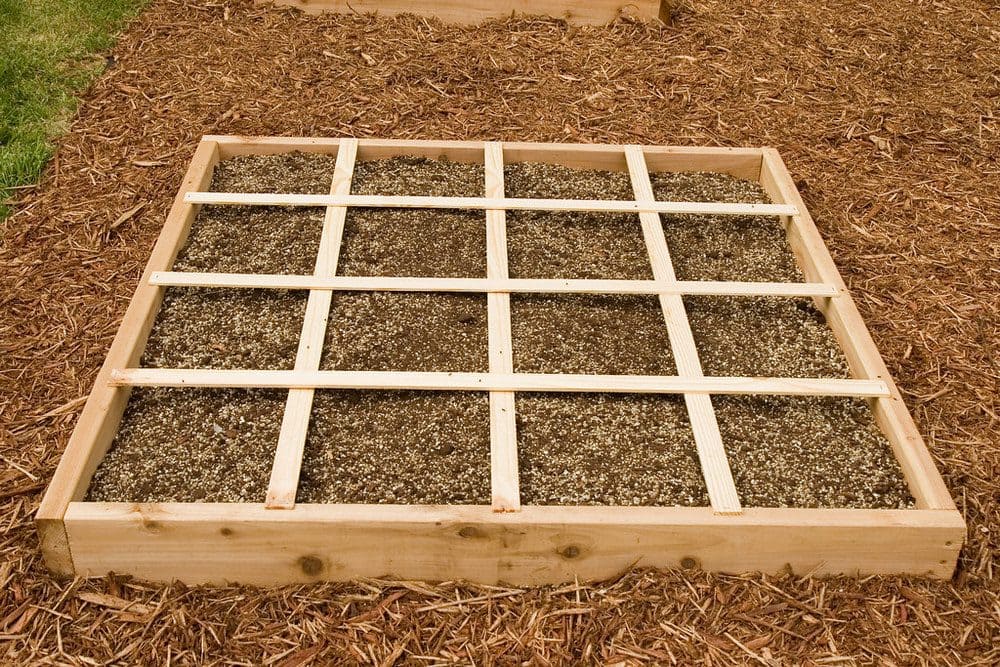
gardens.theownerbuildernetwork.co
Here are some advanced techniques for people who want to improve their square-foot garden experience.
Season Extension
To prolong your growing season into the cooler months, utilize row covers, cold frames, or greenhouses.
Integrated Pest Management (IPM)
Keep an eye out for pests in your garden and utilize natural measures to eliminate them.
Testing Your Soil
Periodically test your gardening soil to ensure the proper pH and nutrient levels. Then, make an ideal adjustment to your soil mix.
Square Foot Gardening Planner
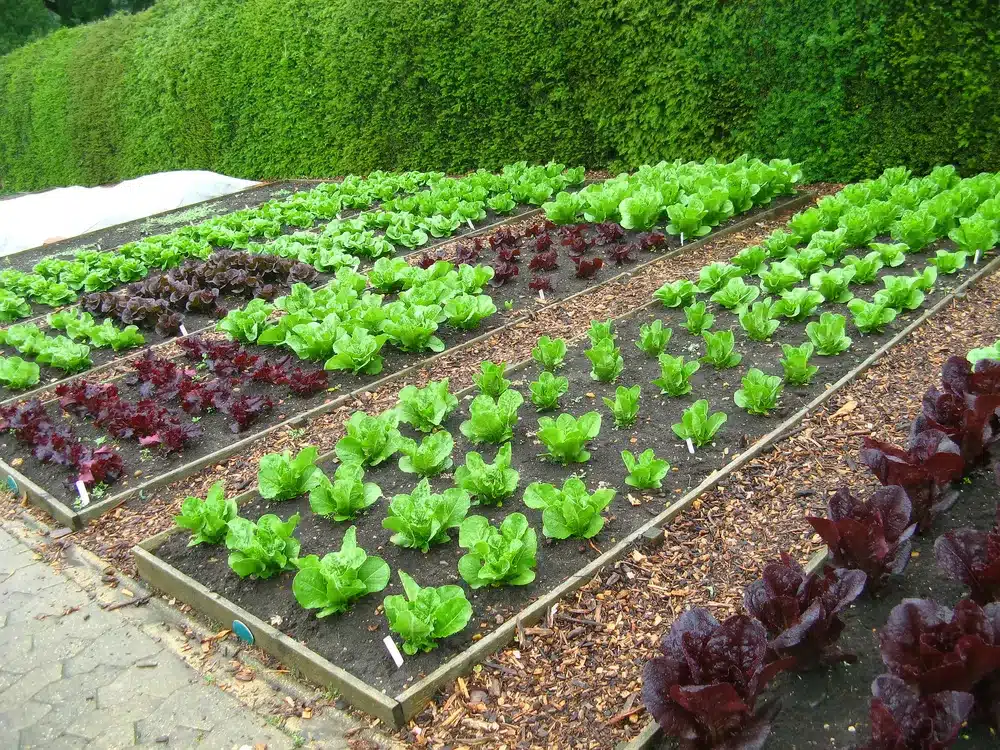
Regardless of the size of your garden, you can maximize its potential with the help of a Square Foot Gardening Planner. Here are some key features of our planner:
1. Customizable Layouts
With the planner, you may design unique garden designs that fit your area and needs. Regardless of your backyard or balcony size, you can create a garden plan that makes the most of your space.
2. Plant Selection and Placement
a square-foot gardening planner offers comprehensive details on an extensive range of plants, such as preferred companion planting, sunlight requirements, and spacing requirements. This guarantees you select the appropriate plants for every square foot, encouraging stronger growth and increased yields.
3. Seasonal Planning
The seasonal planning option allows you to plan your garden year-round and consider the ideal periods to plant different crops. This allows you to maximize the space in your garden year-round and sustain consistent production.
4. Soil and Fertilization Tips
The planner provides professional guidance on fertilization and soil preparation to ensure that your plants get the nutrients they require to flourish. This is essential to maintaining healthy, productive plants and optimizing yield.
5. Pest and Disease Management
a square-foot gardening planner provides instructions in our planner for recognizing and controlling common plant diseases and pests. With this understanding, you can preserve the health of your garden and safeguard your plants.
6. Watering Schedules
Proper watering is crucial to plants’ health. With the help of a square-foot gardening planner, you can create effective watering schedules that meet your plants’ unique requirements and guarantee that they get just the appropriate quantity of moisture without wasting resources.
7. Monitoring Harvests
You can observe your harvest with an integrated tracking system from a square-foot gardening planner. With this tool, you can keep an eye on your garden’s output and modify it to maximize future yields.
Benefits of a Garden Planner
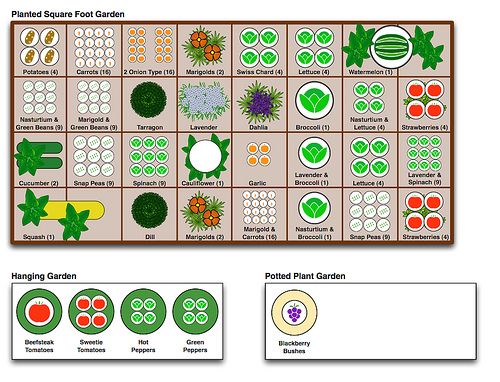
A square-foot garden planner is invaluable for both beginners and experienced gardeners. It helps with garden design, plant selection, and positioning for the best development.
Visual Layout
Helps visualize the entire garden and ensures effective space utilization.
Planting Guide
Offers details on successive planting, companion planting, and plant spacing.
Monitoring Growth
Enables you to monitor your plants’ development and make the required corrections.
Conclusion
Square foot gardening is an effective method of utilizing small spaces for maximum productivity and usefulness. You can have an effective and pleasant gardening experience by using raised beds, thoughtful garden designs, and the ideas of companion planting and successive planting. Using a square-foot gardening planner can simplify making effective foot garden plans. This technique encourages the use of organic materials and creative planting techniques, making it practical and sustainable.
Adopt the square-foot gardening approach to turn your tiny area into a productive vegetable garden. With the correct tools and procedures, you can enjoy fresh, home-grown vegetables all year round and attain amazing yields. Whether a beginner or an experienced gardener, the square-foot gardening method will help you maximize your garden’s potential and maximize every square foot.
